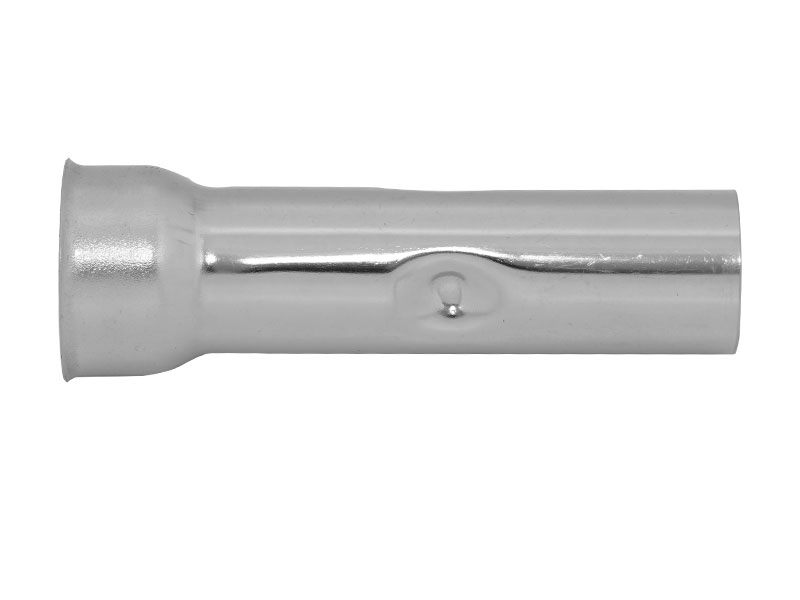Abstract:As a commonly used pipe material, stainless steel pipes are widely used in industry and construction. Seamless stainless steel pipes and welded stainl
As a commonly used pipe material, stainless steel pipes are widely used in industry and construction. Seamless stainless steel pipes and welded stainless steel pipes are two common types of stainless steel pipes. They have some differences in application and manufacturing processes. This article will introduce the differences between seamless stainless steel pipes and welded stainless steel pipes, as well as their applications in different fields.
The manufacturing process of seamless
stainless steel pipe is relatively complex and is made by hot rolling or cold rolling. It is characterized by smooth inner and outer walls, no welded joints, and high strength and corrosion resistance. Because seamless stainless steel pipes have no welded joints, they have better performance under high pressure, high temperature and corrosive environments, and are widely used in petroleum, chemical, pharmaceutical and food fields.

The manufacturing process of welded stainless steel pipes is relatively simple. The stainless steel plates or strips are rolled into a tube shape by welding and then welded. Welded stainless steel pipes are characterized by lower production costs and higher production efficiency, and are commonly used in general industry and construction fields. However, due to the existence of welded joints, welded stainless steel pipes may have a certain brittleness and corrosion tendency in corrosive environments, so they are less used in occasions with special requirements.
Depending on different application requirements, there is a certain degree of flexibility in choosing seamless stainless steel pipes or welded stainless steel pipes. Seamless stainless steel pipes are suitable for applications that require high pipe strength and corrosion resistance, such as the petroleum and chemical industries. Welded stainless steel pipes are suitable for general industrial and construction fields, such as water supply pipes, HVAC pipes, etc. When selecting, factors such as the size, material, and working environment of the pipeline also need to be considered to ensure the performance and reliability of the pipeline.
There are some differences in applications and manufacturing processes between seamless stainless steel pipes and welded stainless steel pipes. Seamless stainless steel pipes feature smooth inner and outer walls and no welded joints, making them suitable for applications that require high strength and corrosion resistance. Welded stainless steel pipes have lower production costs and higher production efficiency, and are suitable for general industry and construction fields. When selecting, comprehensive considerations need to be based on specific needs and working environment to ensure the performance and reliability of the pipeline.
